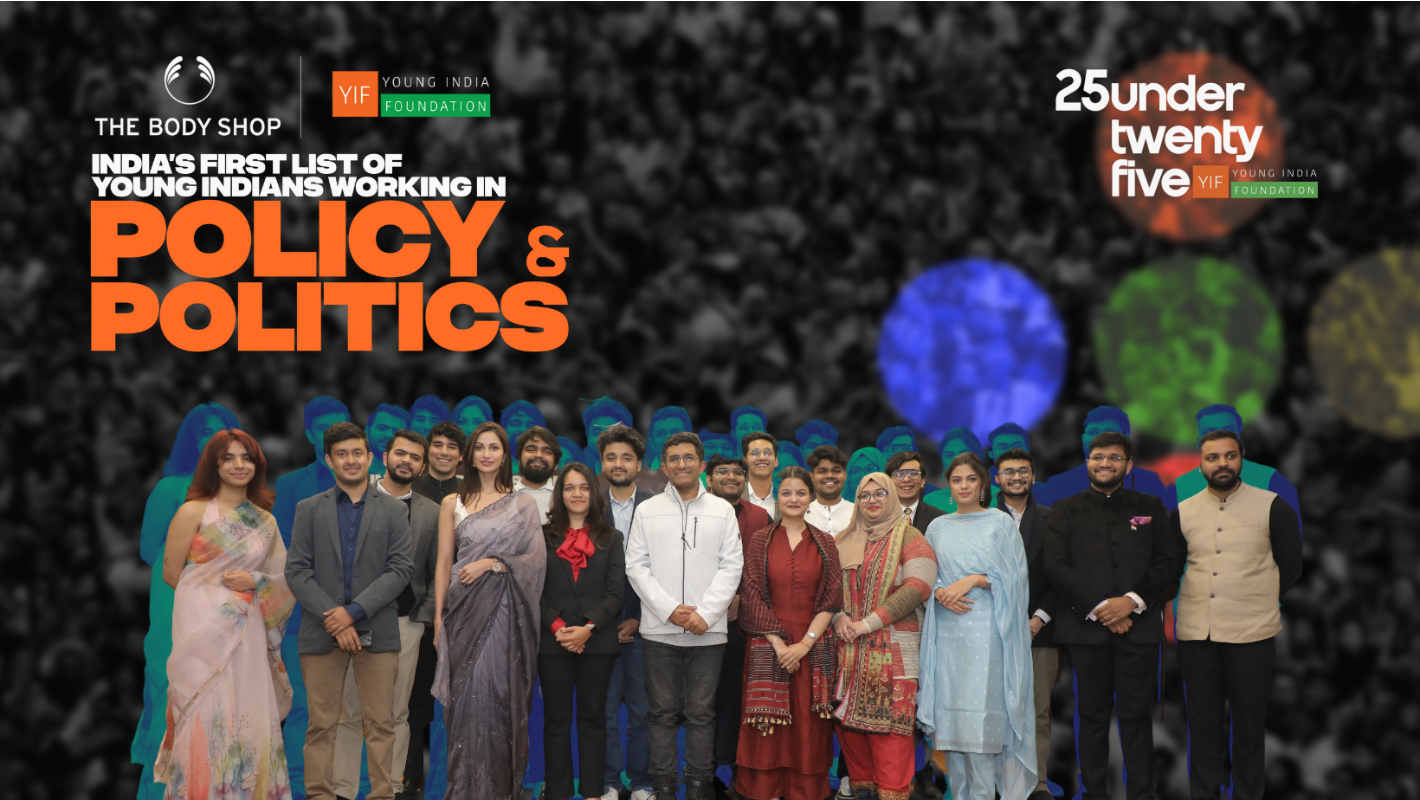With over 65% of the population below the age of 35, India’s youth has been at the forefront of ambitions to achieve higher economic growth and development. The ‘demographic dividend’ is defined by the United Nations Population Fund as the “economic growth potential that results from shifts in a population's age structure, mainly when the share of the working age population (15 to 64) is larger than the non-working age share (14 or younger, and 65 and older)”. The incorporation of demographic factors into theories on economic growth is a product of East Asia’s success story where the demographic transition occurred during the 1950s and 1960s, which, coupled with favorable policies, led to unprecedented economic growth in the region. However, pitching India as the next big example of the theory comes with its own set of challenges.
The first problem is that due to vast regional disparities in population growth, the demographic window is available at different times in different states. In fact, it has already closed in southern states of Kerala and Tami Nadu. The estimate for the window of opportunity for India was 2005-06 to 2055-56, longer than any other nation of the world. However, combining the two facts, it would be reasonable to argue that the growth in the working-age population is likely to be concentrated in the relatively poorer states. This brings its own set of problems; because these states usually lack an efficient political, economic, and administrative structure to absorb the youth’s capabilities. For instance, even though Bihar has a thriving young population, it is difficult for one to get job opportunities in the state.
Further, this presents a counter-productive feature; lack of employment avenues for the youth is positively correlated with rising crime, mental health problems, violence, drug usage, etc. To understand the scale of the issue, one must consider the following statistic - India’s labor force participation rate for the age-group 15-59 years is 53% as per the NSSO Periodic Labour Force Survey 2017-18. To put simply, around half of the working age group is unemployed.
The nature of employment is also a constraint. The well-documented skip from the primary to the secondary sector phase in India has produced aftershocks in employment trends. The share of industrial employment in the total is about 26%, much lower than the peaks in Korea (36%), Malaysia (34%) and China (30%). The necessity of an established manufacturing sector in the growth of a country is almost a norm around the world, more so in the rapidly growing ones from Asia, that we wish to emulate. As a result, the stagnant industrial development of India has not only compromised the diversification of employment but also undermined the growth prospects directly.
Even more worrisome are the reports by the Standing Committee on Economic Statistics that reveal that the number of people engaged in agriculture was 5 million higher in 2021 as compared to 2016. According to a report co-authored by Raghuram Rajan, Rohit Lamba and Rahul Chauhan, this implies that “we may be the only developing country that is pushing people back to agriculture, an alarming indictment of our efforts at job creation.” The burden on agriculture is likely to create challenges for the youth employed in it because not only is the remuneration lower, it is also highly unpredictable.
The Center for Development Economics has published a similar paper highlighting that "for modern manufacturing industries and service sector industries, higher skill sets would be required to benefit from the demographic dividend”. This warrants the question of looking at the Skill Development initiatives in India. Have they actually benefited the youth? Despite the countless schemes launched at the Centre and the States levels, only 4.7% of the total workforce in India had undergone formal skill training as per the 2015 Report on National Policy on Skill Development and Entrepreneurship. For context, the figure is 52% in the US, 80% in Japan and 96% in South Korea. Thus, the growing young population is not only going to deal with hurdles in being employed in better industrial and service sector jobs (because there is just not enough available) but they will be severely unequipped to get opportunities that exist.
It is unfortunate that ‘Desh ke Naujawan’ is perceived as an asset to propel the aspirations of over a billion people, yet the perspective of the Naujawan is neither adequately represented nor consulted when it comes to creating schemes and policies that affect their life. Do they want menial jobs guaranteed by MGNREGA? Are they finding significant improvement in their lives after Skill development programmes? What constraints do they face while searching for better jobs? These are the questions that need to be answered at a policy level. To develop a more empathetic arrangement, the youth has to be seen beyond the paradigm of assets or liabilities or dividend yields; but as participatory agents in the economy with their own dreams and aspirations.




